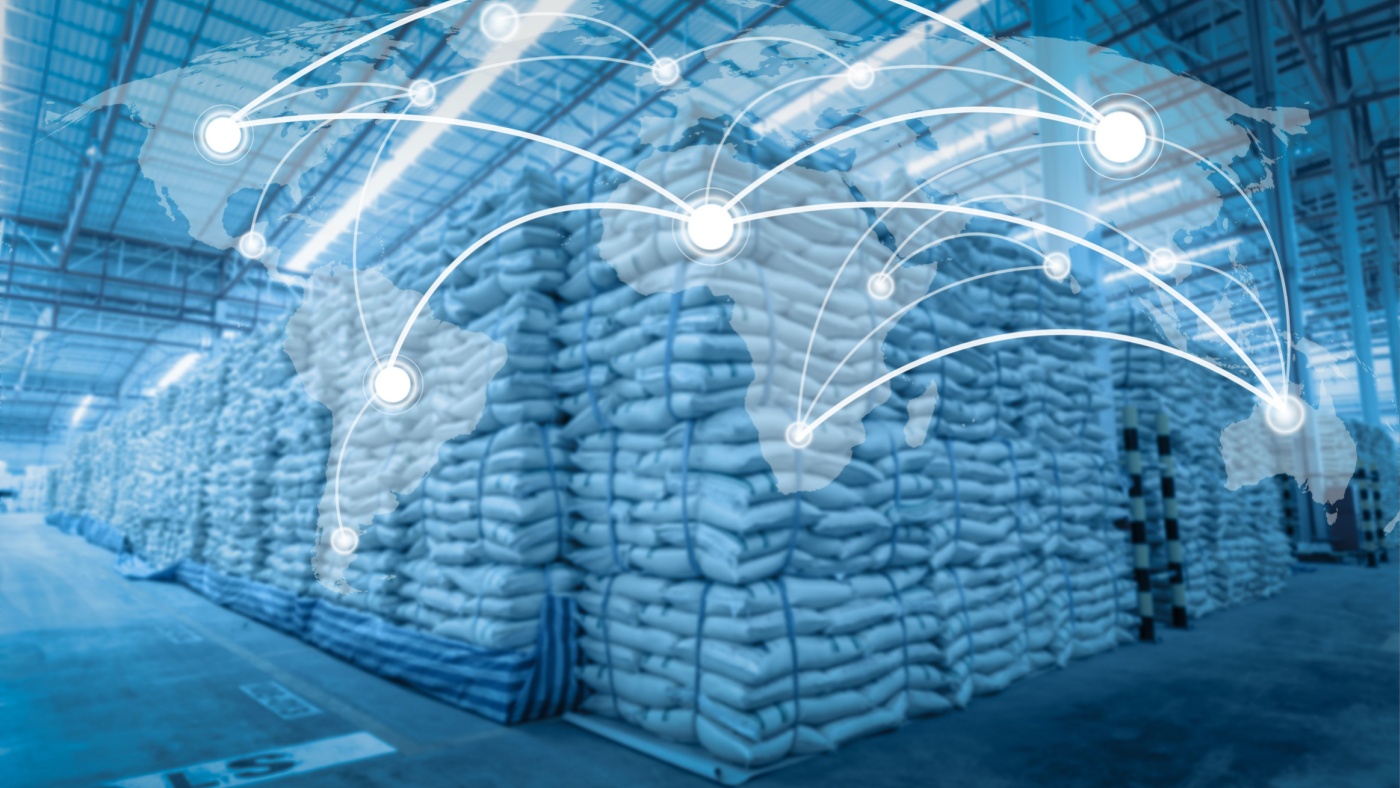A connection between irrigation surface water and potential microbial contaminants could create a foodborne illness. Cases of such bacteria on leafy vegetables almost 50 years ago found irrigation water providing pathways for microbes. But as USDA researcher Yakov Pachepsky recalls, congressional and federal establishment of standards for microbes from a food safety perspective led to questions such as:
“How representative is the small sample that we can take for the big source of water, like irrigation, pontification or lake, and if these questions were most critical for surface water? Surface water is more susceptible to microbial pollution. If there are any technologies that would potentially help answer these questions.”
The tech questions stemmed from desires for both data and cost efficiencies, so Pachepsky and colleagues at the USDA Agricultural Research Station in Beltsville, Maryland, began studies incorporating artificial intelligence:
“Remote sensing and proximal sensing, including artificial intelligence to process results of measurements.”
Sensors emitting light waves—both in water sources and through aerial drones—collect data. Artificial intelligence, crunching this data, creates maps to break down contaminants at microbial levels. Pachepsky says that while technology provides broader sources and breakdowns of information, the human element at the farm level continues to be an essential factor.
“We work with real farms because the irrigation happens on the real farms. Farmers in Georgia and farmers of Maryland were most supportive for us, and we are really thankful to these people who allowed us to do the measurements and to discuss things with them.”
The result of incorporating innovations in microbial detection in surface irrigation water: more effective, cost-efficient and quicker methods of detecting potential contaminants. Pachepsky says these technologies are approaching broader use and application.
“All the components that we are looking [at] now are commercially available, so it’s just a matter of companies or consultants or groups of enthusiasts just taking this thing, combining them together, and beginning to use.”
Recently, Pachepsky was honored for his work, receiving the Samuel J. Heyman Service to America Medal—the “Sammie”—for his contributions as a civil servant to the public.


